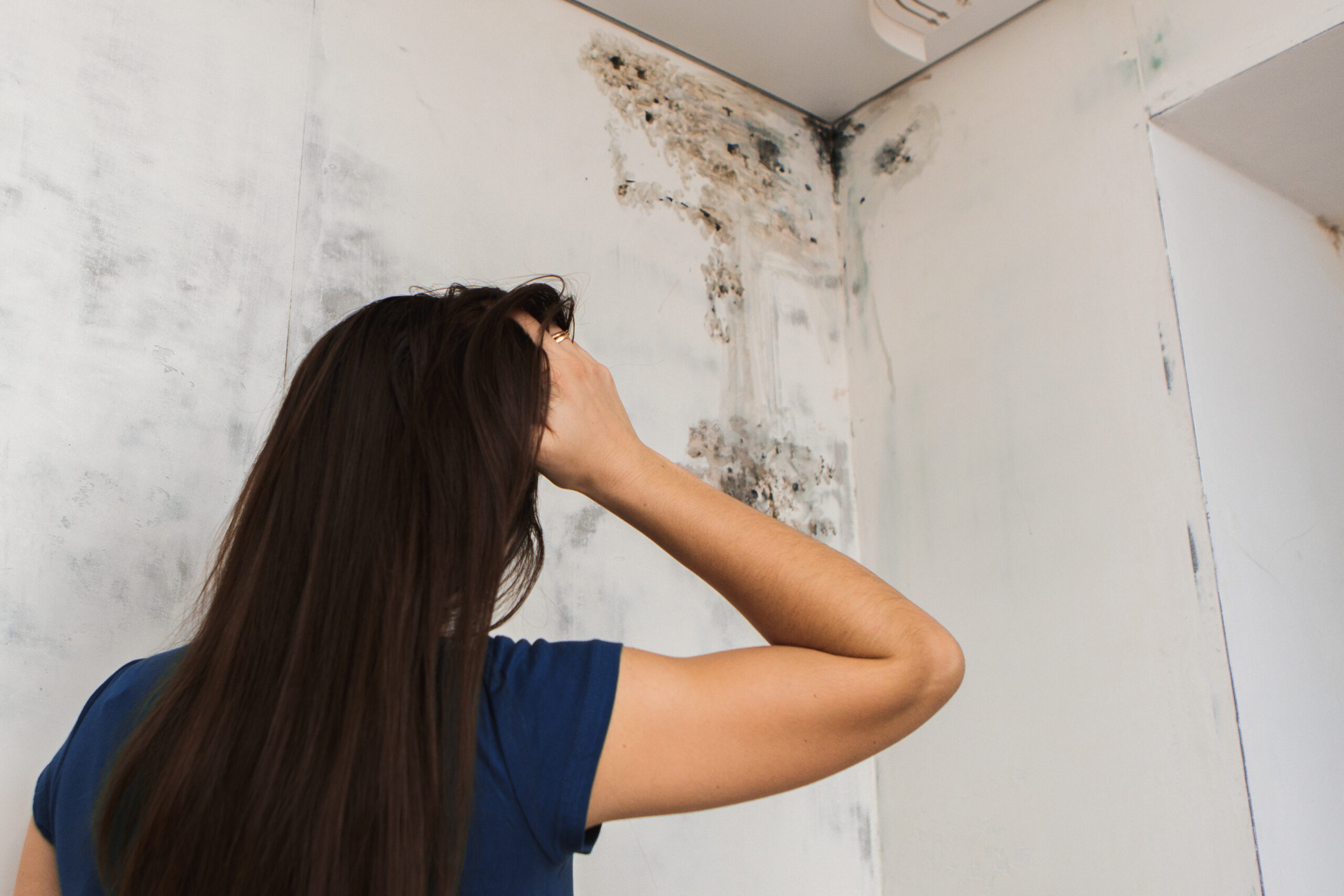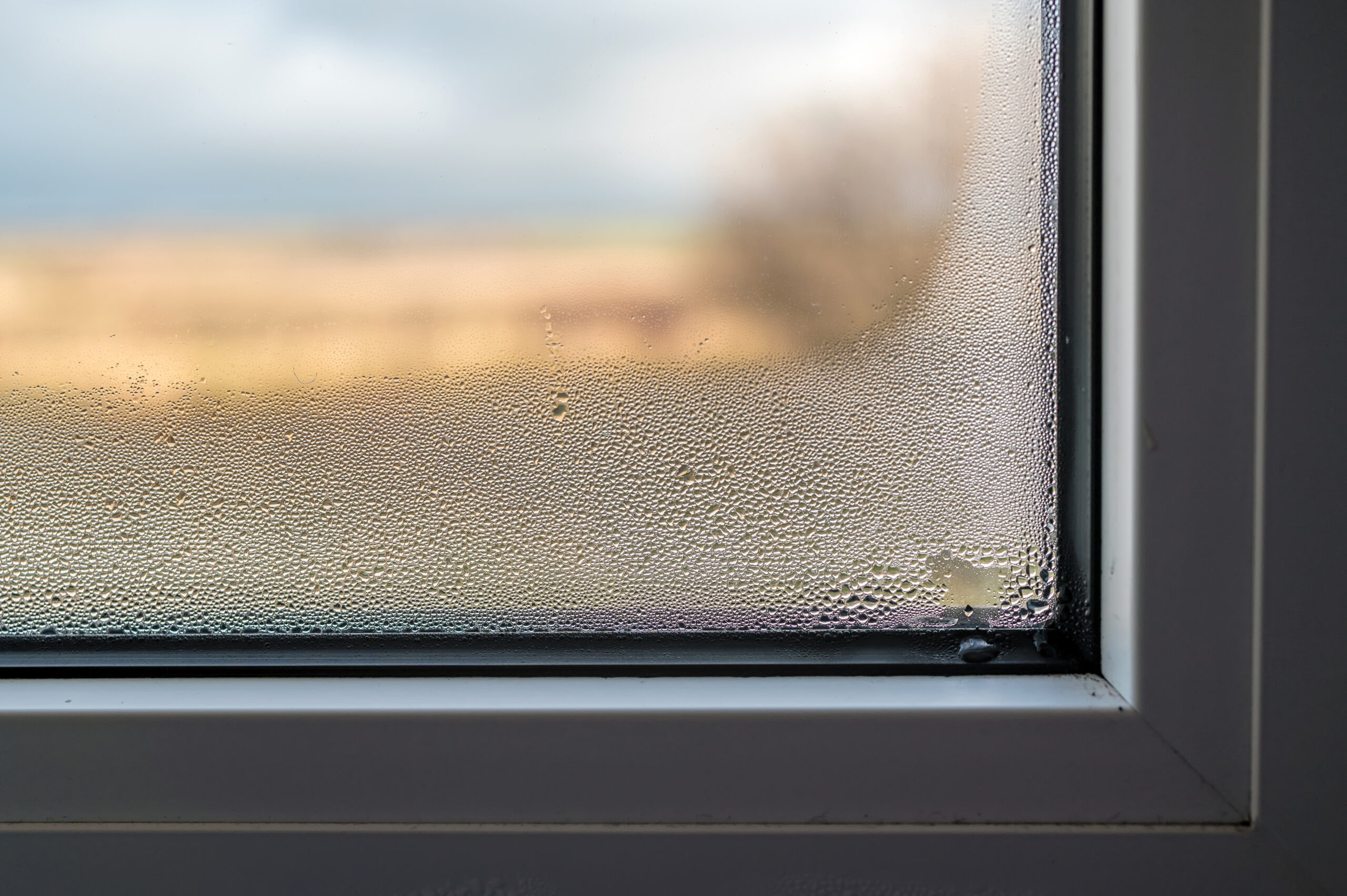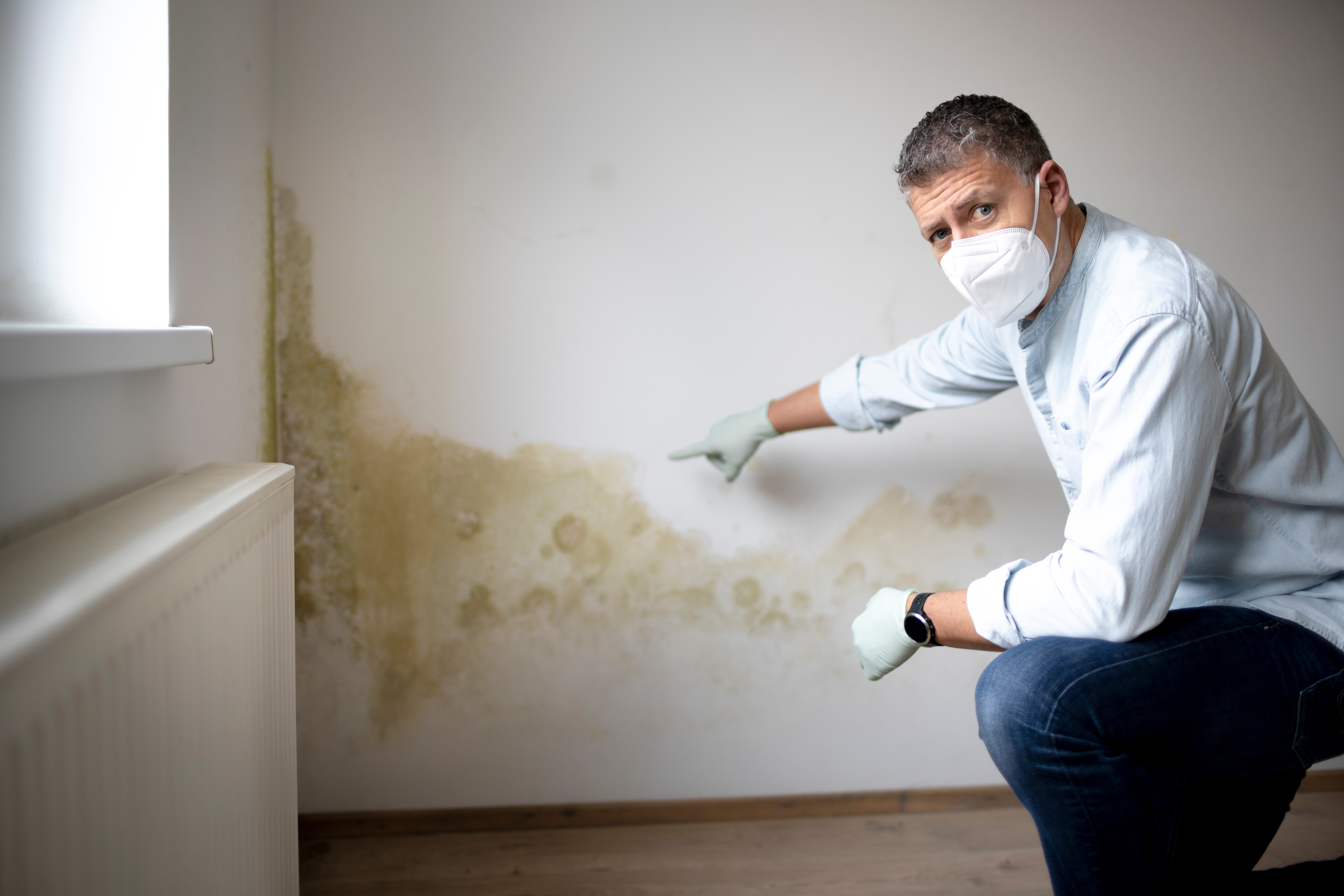What Is Mould and What Is the Fastest Way to Get Rid of It?
Moist.
The word itself is enough to send shivers down the spine. But as much as it hurts to hear the word moist, the presence of moisture can cause another unsanitary, uncomfortable, and unwelcome problem.
That problem is mould.

Mould can manifest in the home for various reasons, but they pretty much all come back to moisture. Mould thrives in damp or wet environments. It can start growing after you have blocked drains, burst or leaking pipes, or even after periods of heavy rain. In many cases, you will need to call a local plumber in St Kilda, Oakleigh or nearby to assist with the plumbing side of mould prevention. If you need help with blocked drains in Melbourne give us a call.
Mould looks unsightly and can damage the surfaces it grows on, and that’s without mentioning the respiratory distress it can cause.
Coughing, sneezing, infections, and congestion are just some health complications associated with mould, and these symptoms can be worse for those with asthma or allergies.
Read on to learn all about mould, including exactly what it is and how to get rid of it for good!
What Is Mould?
Mould is a kind of fungi.
However, unlike the mushrooms we put on pizza or the yeast we use to brew beer, this kind of fungi isn’t so fun.
Mould comes in a range of colours, including green, grey, black, and white. It often looks fuzzy or dusty, and it can also appear as discolouration, a smudge, or a stain.
Mould is naturally occurring, and as an organism, it plays a crucial role in our global ecosystem. However, you don’t want to find it in the fridge, on the ceiling, or anywhere else in the home!
Why Am I Getting Mould in My House?

Mould thrives in damp, dark, and poorly ventilated environments. It reproduces by making more spores, which is what the dust-like and coloured parts of the mould actually are. The ceiling, walls, and bathroom are common areas where mould appears, as well as food that has gone bad.
Some common causes of mould include:
- Condensation and humidity: Both of these phenomena add extra moisture to the environment and give mould the perfect place to grow. Kitchens and bathrooms often produce lots of steam, which increases the humidity. Condensation is the collision of warm air and cold surfaces – such as kitchen tiles. Simply going about your daily activities can cause condensation, especially in a confined space.
- Ventilation issues: Condensation and humidity issues are often paired with poor ventilation. When the build-up of humidity and condensation has nowhere to go, increased moisture will result in mould.
- Water leaks: A concealed water leak can lead to a build-up of mould. These leaks could be located in the wall, around your bath or shower, or near other taps and pipes.
- Rising damp: Rising damp is the presence of groundwater in your walls (masonry or brick). Rising damp can be caused by water leaks or plumbing problems, and poor waterproofing/damp proofing could also be to blame.
In order to permanently remove mould from your home, you will need to not only clean the surface it is growing on but also find and resolve the underlying cause.
If you believe a concealed water leak may be to blame for your mould problem, you can consult a plumber in Chirnside Park, a local plumbing team in Mitcham, or another professional plumber near you.
How to Get Rid of Mould Quickly?
Removing mould quickly is the key to preventing it from spreading out of control. When you spot mould, here are a few Dos and Don’ts to remember.
Do:
- Dry mouldy surfaces before cleaning.
- Clean surfaces with a mild detergent and microfibre cloth.
- Dry the area thoroughly after removing mould.
- Try a diluted vinegar solution if the detergent doesn’t work.
- Ensure skin, eyes, and clothes are protected at all times.
- Consider a commercial mould cleaning product if other methods have failed.
- Be sure to follow directions on packaging when using commercial products.
- Ensure there is plenty of ventilation (open windows, exhaust fans) when using chemicals.
- Contact a professional if none of the above works.
Don’t:
- Brush or sweep mould off surfaces (this can spread mould spores!)
- Blindly trust off-the-shelf mould cleaners. Some products are overpriced and only bleach mould instead of removing it.
- Wait until later to remove the mould. The longer it has been present, the harder it is to remove!
The process for removing mould may differ slightly depending on the affected surface.
To remove mould from clothes, check out this guide from Mould Cleaning Australia.
It may be worth contacting mould cleaning professionals to remove mould from stubborn surfaces, or if you are dealing with a significant build-up.
How Do I Stop Mould From Coming Back?
Effective mould prevention is a three-step process.
- Thoroughly clean affected surfaces to remove the mould
- Identify and fix the cause of mould build-up
- General cleaning and maintenance.
To get started with the first step in this process, simply follow the Dos and Don’ts listed above. Some mouldy items or surfaces may be unsalvageable and will need to be thrown away.
Once the mould is removed from your home, fix the cause of mould build-up to ensure it never returns! If your mould problem has been caused by a plumbing issue like a leaking toilet or tap, it’s time to call a plumber.
Your local plumber in Camberwell, Toorak, or Wantirna can assist you with leak detection and repair, whether the problem is in your roof, kitchen, bathroom, walls, or floor.
If ventilation, condensation, humidity, or rising damp is the issue, you might need to contact a professional in the field of waterproofing or ventilation. Alternatively, you may simply need to open more windows, invest in a dehumidifier, or make sure your clothes dryer is properly vented. Drainage issues may also be the cause of your mould, and a local plumber in Greensborough or nearby can also assist you with this.
As you can see, the best method of prevention will depend on the cause of the mould. If you’re unsure what has caused the mould, consulting a mould removal specialist is a great place to start. They can remove the mould for you and provide further prevention advice.
Once you have taken care of the mould and its root cause, make sure you keep on top of regular cleaning, dusting, and vacuuming. Keep an eye out for condensation and ensure damp spots are dried and cleaned as soon as you notice them.
Just because you solve one cause of mould growth, it doesn’t mean another won’t pop up. It pays to remain vigilant and keep an eye on all potential signs of mould growth.
Tips to Get Rid of Mould Safely

Mould itself can be highly toxic, and the chemicals that are sometimes used to remove it can also be harsh.
If you decide to remove mould yourself, remember the following safety considerations:
- Ensure there is adequate ventilation when removing mould.
- Wear rubber gloves and closed footwear.
- Consider eye protection and P1 or P2 face masks.
- Anyone who is sensitive to mould should not be present during mould removal (including children, pregnant people, and the immunocompromised).
- Follow the instructions listed on any mould cleaning product you use – but keep in mind that mild detergents and natural solutions are often adequate to get the job done!
- If you feel dizzy, experience difficulty breathing, or display any similar symptoms when cleaning mould, stop immediately and get fresh air.
Do You Need a Plumber to Assist with Leak Detection?
If you believe that drainage issues or concealed leaks are the cause of your mould problem, MCN Plumbing can assist you with all plumbing-related activities.
With $0 callout fees and same-day services, we are your go-to plumbers in Wheelers Hill, Carrum Downs, and a wide range of areas in Melbourne!
Get in touch for a quote and to book the services you need.

 0420 102 198
0420 102 198


